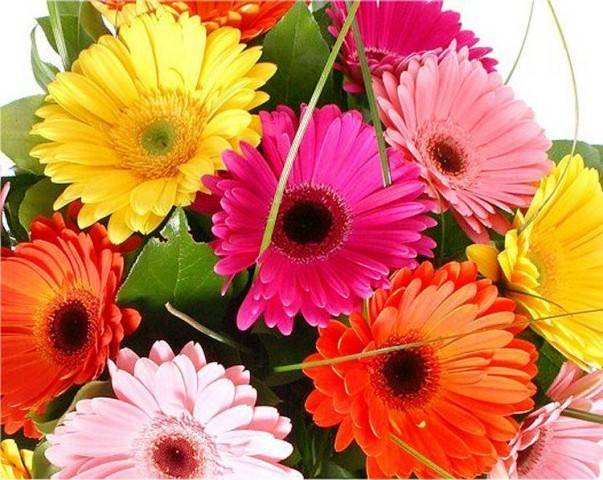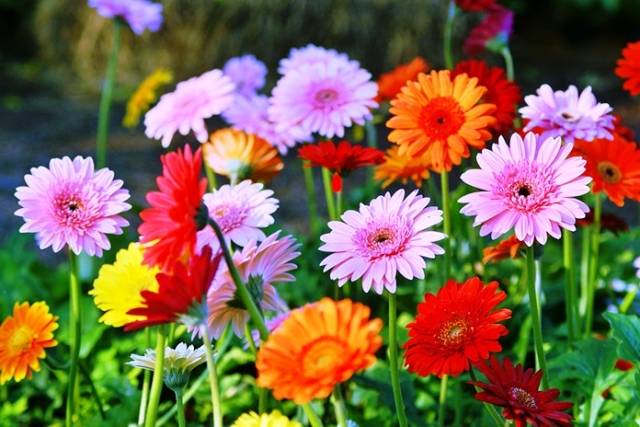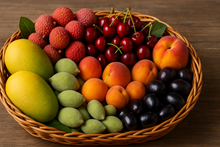
Gerbera flowers are cultivated all over the world and are widely popular as ‘decorative’ plants. The flowers are used in making bouquets and for various decoration purposes.
Commonly called African Daisy or Gerbera Daisy, the flowers are very much in demand as they can last for a long period of time without losing any freshness. This is why; flowers are widely used in weddings, parties, and functions.
Talking about history, the flower belongs to the family of Asteraceae. They are brilliantly colored flowers with a golden center bordered by petals such that the petals seem like rays. Hence its arrangement is also called ‘ray petals’. Botanically, it is identified as Gerbera jamesonii because it was founded by Robert Jameson while traveling around the South African region of Barberton.
Best conditions for cultivation
In India, Gerbera flowers are extensively distributed at heights of 1300 to 3200 meters. They grow very well in states like Himachal Pradesh, Jammu & Kashmir, and other Himalayan regions. A good thing about the Gerbera flower is that it can be grown all over India through ‘greenhouse farming’.
Climate required
For Gerbera plantation, tropical as well as sub-tropical conditions are appropriate. But, in the case of a sub-tropical climate, it must be guarded against frost as it is sensitive to frost. In subtropical regions, farmers cultivate it in greenhouses, but the greenhouse must have natural ventilation.
The most ideal temperature for producing good quality Gerbera flowers are - the light intensity of 400 watts/m² with day temperature in between 22 to 25⁰C and night temperature of 12 to 16⁰C.

Ideal season
Although, Gerbera can be planted any time of the year many farmers plant it in January to March or June to July period considering it ideal. A good light amount is required during the plantation hence is not planted in November and December.
Additionally, there is a risk of frost development, which is harmful to the plant in the initial stages. Farmers also avoid plantations in August and September as the plants have to sustain winter during their growing periods.
Soil Requirement & Sterilization
The flower needs rich and well-drained soil. The roots of the plant measure 70 cm in length hence the soil should be easily penetrable and very porous. It is said that good penetration helps in root growth as well as plant growth.
Soil Sterilization is an important step in flower plantation. It is essential to sterilize the soil and fumigate it to reduce infestation from pathogens such as Phytophthora, Fusarium, etc that can destroy the crop. Also, the set flower beds must be sterilized with 30 g/m² of methyl bromide or 2 percent of formaldehyde solution. Then cover it with a plastic sheet for at least 2 to 3 days. The beds are then carefully watered to drain off chemicals before planting.
For commercial cultivation, these plants are propagated through sucker division and tissue culture systems. Sucker division is the more frequently used. In June and July, the propagation is done by the division of the clumps. Tissue culture or micro-propagation is a new system that is gaining popularity.
Manuring process
Manuring is an important step for good produce and the healthy growth of Gerbera plants. For this we require:
-
Nitrogen, phosphate, potassium in 12:15:20 gms ratio – for the first three months
-
Nitrogen, phosphate, potassium in 15:10:30 grams/ m² each month - from 4th month
-
Micronutrients such as calcium, magnesium, copper are sprayed at 0.15 percent - once a month
Harvesting and Post Harvesting Process
Generally, the Gerbera plants begin flowering within three months of planting. But, after planting if the plant bears buds in the initial two months, then it is plucked. Buds developing after the first two months are permitted to develop into flowers. They are reaped when the flowers completely bloom.
When the flowers are in full bloom, the outer disc florets are vertical to the stalk. Flowers are then harvested and rinsed in sodium hypochlorite solution for a few hours.
After the harvesting is done, the heel of the stalk is cut 2-3 cm above the base. Then it is soaked in chlorinated water. Afterward, it is graded as per the size, shade, and then packed. Single flowers are first packed in poly pouches and they are set in rows in cardboard boxes.
Few high-yielding varieties of Gerbera cultivated for the commercial purpose:
|
Ruby Red, Sangaria, Dusty, Salvadore, Red Impulse, Tamara, Shania, Vesta |
RED |
|
Supernova, Doni, Talasa, Nadja, Uranus, Panama, Fredking, Fullmoon |
YELLOW |
|
Marisol, Orange Classic, Kozak, Goliath, Carrera |
ORANGE |
|
Farida, Winter Queen, Snow Flake, Dalma |
CREAM |
|
White Maria, Delphi |
WHITE |
To wind up, if planned and maintained properly then the Gerbera plant can give very high returns as the flower has both - market demand plus market value. Those who do not have an ideal climatic location for Gerbera flowers cultivation can opt for the greenhouse farming method.
Also, read about other profitable flower cultivation.
















